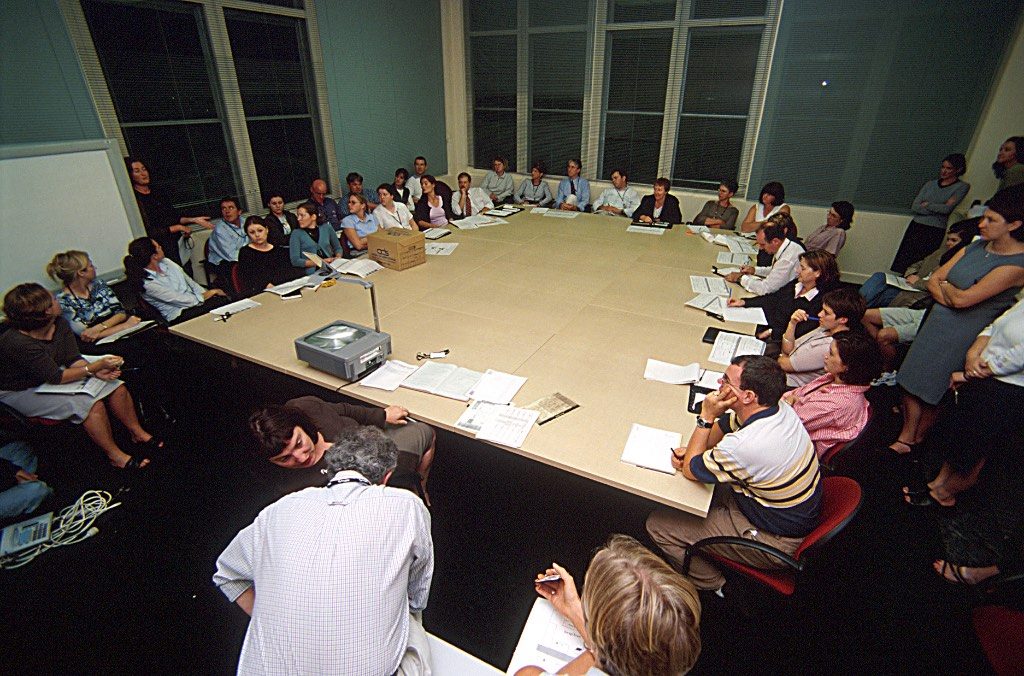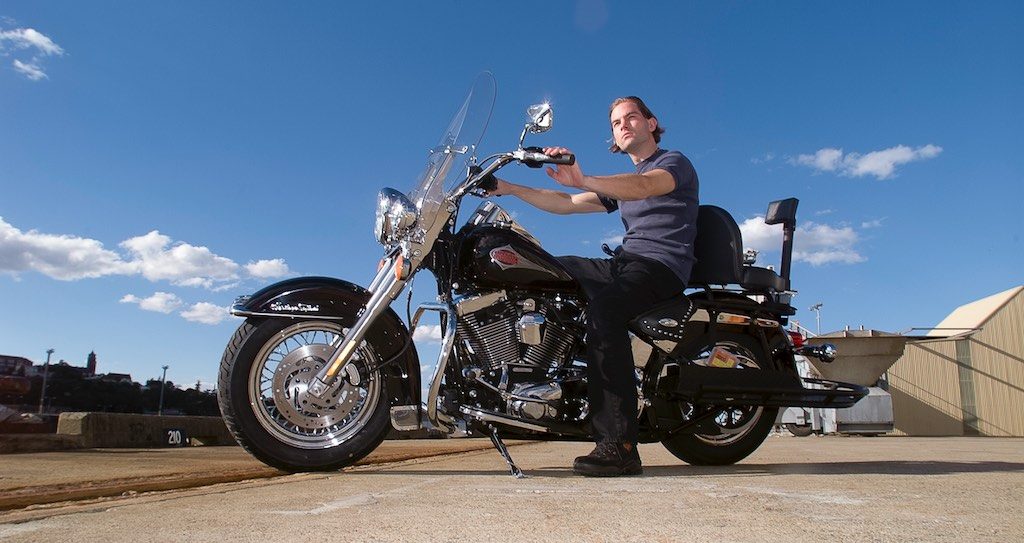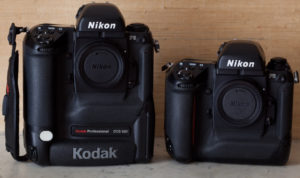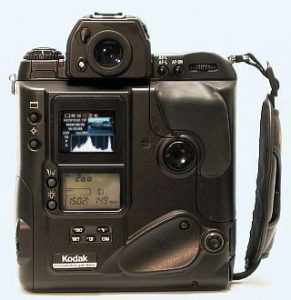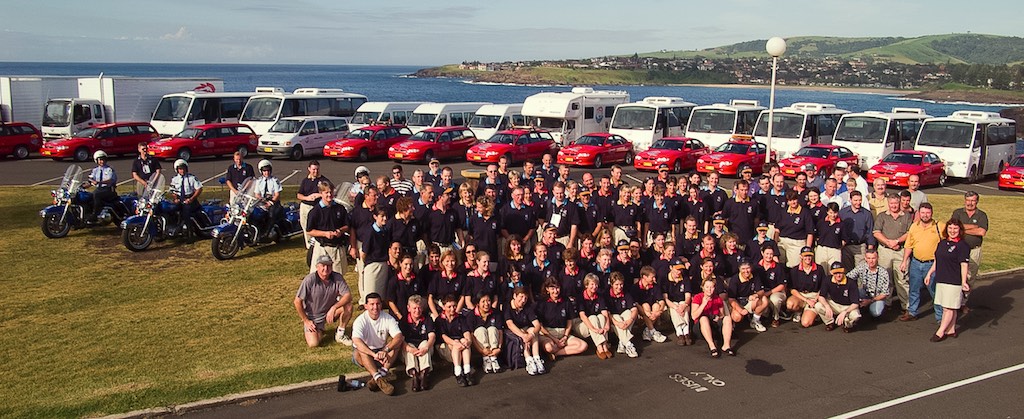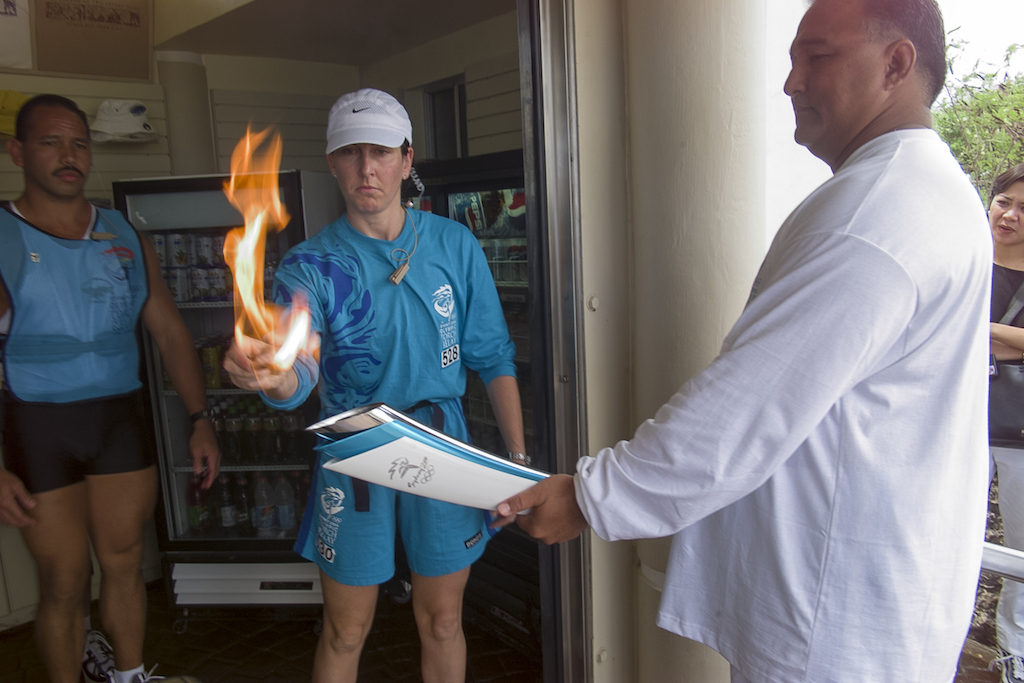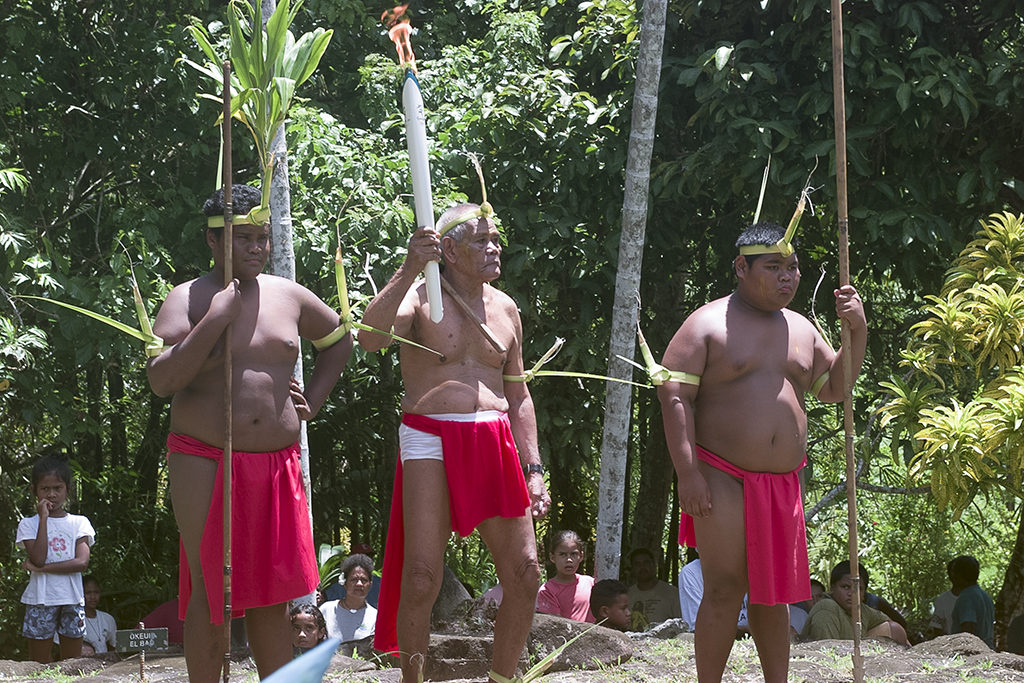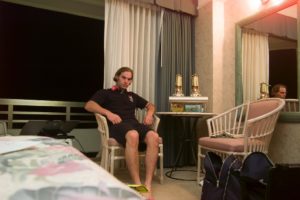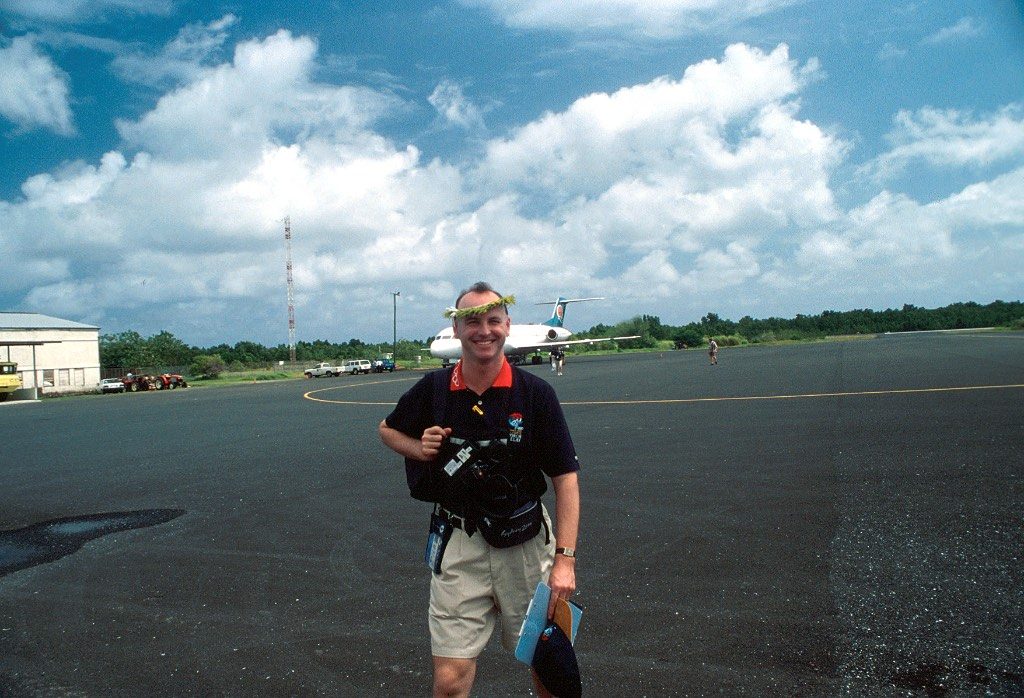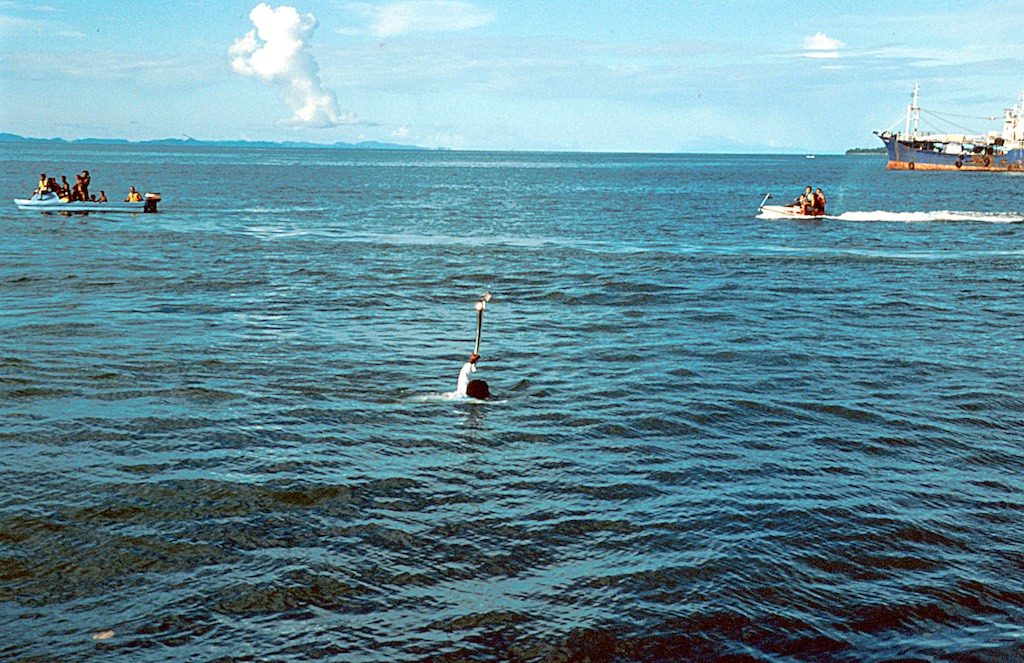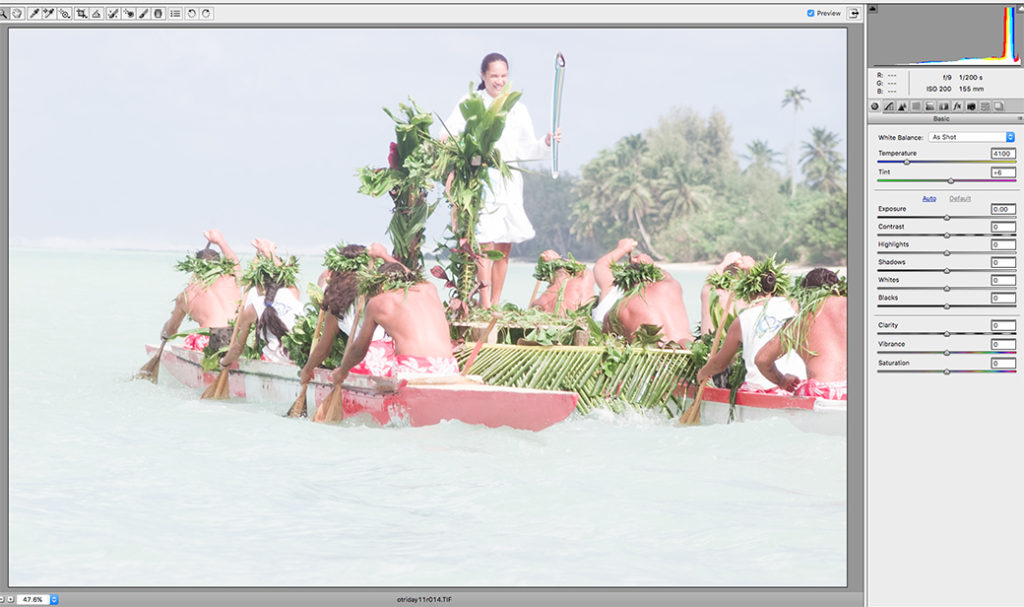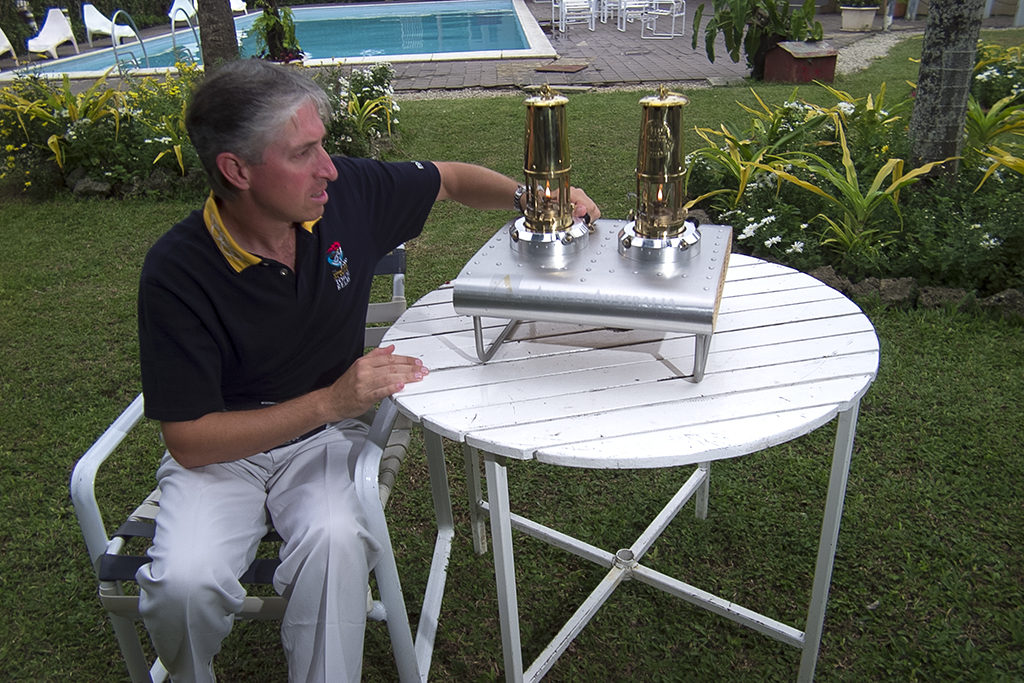About Me:
In 2000 the Sydney 2000 Olympic Torch Relay travelled across Oceania and Australia for 115 days. I was the Official Photographer for the event. I’ve never written about the experience until today…
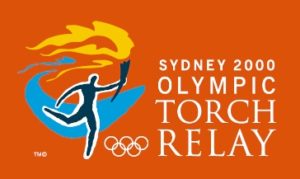 The Relay:
The Relay:
22nd May – 7 June 2000: Guam, Palau, Micronesia, Nauru, Solomon Islands, Papua New Guinea, Vanuatu, Samoa, American Samoa, Cook Islands, Tonga, New Zealand
8 June to 15th September: Australia
Why Now?
You may wonder why I am writing this story now – after 16 years. Well, for a few reasons. But the main thing that got me started was storage. Storage is the bane of my life! I’ve been travelling from country to country for many years. And most of my ‘stuff’ ends up stored in boxes in one country or another. Right now I can count 4 countries that serve as major storage locations for my ‘stuff’.
But recently, in between projects I found myself back in Sydney over the summer I finally took the time to re-look at my Sydney 2000 Olympic Torch Relay images. And what struck me was two things. Firstly, not many of my images were ever made public. I got plenty of Australian and international newspaper and magazine coverage, but that was only ever 2 or 3 images a day. The SOCOG (Sydney Olympic Games Organising Committee) website had a tiny on-line gallery – but really, back then, the internet was so new I doubt anyone ever looked at the web site. I don’t think I ever did!
The internet was not what is is today. No one thought to go online to look at photos and most people didn’t even have internet at home. I remember in the SOCOG office we had to get special permission to justify why your desktop computer should be connected to the internet. (which was fair enough – there was nothing much to see and you couldn’t search like you can now). But I digress…
The second reason was that I discovered that all these horrible, over exposed/under exposed/out of white balance, tiny thumbnail digital images could be brought to life, re-mastered as it were, using the new software we have today. Combing through the 25,000+ photos I shot during the Torch Relay I found that a lot of the images I thought were unusable are now very much alive and of surprisingly good quality.
Tweaking contrast, exposure and colour balance, and increasing resolution gives them a new life. New software has allowed me to get the most out of the raw image files. And it is a blessing that the camera shot in ‘raw’ file format as the original image sensor data is still there, untouched. If I had shot the files as jpegs (which I did for a later project) I would not be able to extract this original data and the images would be always the messy soup they were recorded as.
Of the 25,000+ images I shot probably have never looked at more than 50% of them – not even on the same day I shot them. Time was always against me. The laptop I used had a terrible screen. The software was slow. It was usually 10pm by the time I had managed to get a minimum of 4 images transmitted back to newspapers and then burnt a CD worth of files to archive. And the next day we would be on a plane at 6 am to arrive in a new country at 8am to do it all over again.
But now technology has caught up. And I have a few weeks spare. So lets re-master the Torch Relay! Don’t expect miracles – this is still 16 year old technology and even a $400 digital camera from today will kick its ass – but the re-mastered versions look a lot better than they ever have…
